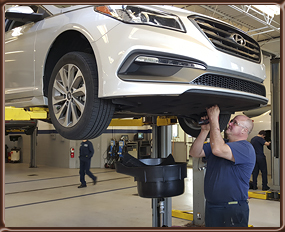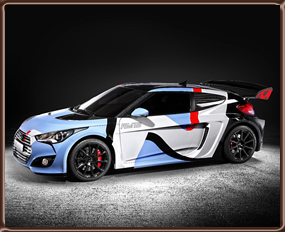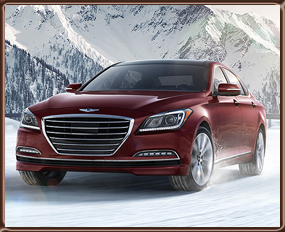I have been with Hyundai now for 16 years. When I started their competitive set was low cost new domestics and pre-owned foreign. They were working on a planned route to success, though, that I read about in an Automotive News article back in circa 2003, while I was on a plane to Atlanta. Their plan:
- Fix reliability issues: They knew that they stumbled when they entered the states in the mid-eighties. If you are going to make it in the US market you need better reliability, or you need a large group of consumer advocates for the brand, preferably both. Hyundai had neither. The nineties found Hyundai obsessively pursuing fixing their quality issues. They stopped outsourcing their powertrains and brought that in house. Hyundai Mobis supplied most of Hyundai’s parts so they could control and improve their own quality.
- Get people back in the showroom: By the late nineties, Hyundai had largely fixed their reliability issues. But they had to get people back in the showroom again considering their cars. 1999 brought the warranty that you know from Hyundai now: 10-years or 100,000 miles coverage for the powertrain, 5-years or 60,000 miles for defects in almost everything else, 5-years / unlimited miles roadside assistance. Hyundai’s message was “Hey, you can trust us now. Our cars are more reliable and we stand behind them more than any other brand will. And they’re still inexpensive. We offer more peace of mind than a pre-owned vehicle or low-cost domestic.” And people began returning to the showroom. Hyundai sold a lot more cars… and their warranty costs as a company went down.
- Fit and finish competitive with what Toyota and Honda were doing at the time: Hyundai was bringing in the especially value conscious, but there is a large set of buyers that want a great vehicle, one that can finish top three in magazine comparisons, One sign of a great car and attention to detail is fit and finish. You could hardly read a car magazine article without mention of it. Plus, if your production can handle great fit and finish, you will more likely need to build a better car to pull that off. Fortunately for Hyundai, they had very modern production capability, so much so that they traded some of their production capability with other manufacturers to gain some of their vehicle technology. That is how Hyundai obtained Mercedes seven step paint process. Starting with the 2001 Elanta and Santa Fe, Hyundai’s fit and finish took a leap forward.
- Powertrains that would compete with the best in their segment, namely Honda and Toyota: To pull this part off, Hyundai felt that they would need some help. So they joined with engineers from Chrysler and Mitsubishi and went to work. They developed engine series that were highly competitive. Hyundai got variants that suited them, so did Chrysler and Mitsubishi. The 2006 Sonata and Azera were examples of these new engines, and they were great! Now they had cars that had the fit and finish and the powertrains to truly compete with Honda and Toyota. Now our competitive set had become Nissan and class-competitive domestics. Some Honda and Toyota buyers were beginning to peak their heads in the door to see what the buzz was about for Hyundai.
- The last thing I remember from the article was design: Toyota has built a great brand known for fit and finish and reliability, but they were boring to look at. No matter: they sold in mass quantities. Hyundai didn’t have the reputation for quality that Toyota and Honda did. They’d need a design that people can emotionally connect with. So Hyundai hired a few design guys away from other manufacturers that seemed promising and hired John Krafjik, an MIT grad that worked for Toyota, as CEO of Hyundai Motor America. In 2009, Hyundai’s Fluidic Sculpture design language was introduced on the 2010 Tucson. The Tucson had tremendous fit and finish, a highly competitive powertrain, and looks that were head-turning, much better than the appearance of any other vehicle in its segment. So, too, when they followed that up with the same design language in 2010 for the 2011 Sonata and Elantra. Hyundai started straight up winning car magazine competitions in those segments. And improvements made to the rest of the line had essentially all of their models finishing near the top in their segments. Sales exploded!
Hyundai achieved a few other things along the way. Hyundai’s plant in Montgomery, Alabama, was the first plant on earth to achieve the International Standards Organization’s ISO TS16949 Certification. Their first step into the premium segment with the first Hyundai Genesis won it 2009 North American Car of the Year and helped raise the status of Hyundai as a maker of quality automobiles. The 2012 Elantra led to Hyundai’s second North American Car of the Year award in 4 years. Hyundai’s partnership with Lotus in the final tuning of the redesigned 2015 Genesis’ suspension, steering, and chassis led to improvements in handling and ride quality across Hyundai’s line-up.
Now Hyundai is preparing for a couple more big steps. One of them is a performance division called “N”. Hyundai’s research and development in its home country of South Korea is done in Namyang. The performance models will be tested at the Nurburgring track in Germany. While the N division’s first release is simply a design exercise slated for the virtual world (you can “drive” it in the Gran Turismo racing game), there will be plenty of real-world performance cars to come. (Read more in this Auto Guide article)
To lead the performance division, Hyundai tapped BMW’s leader of its performance “M” division, Albert Biermann. Automotive News quotes Biermann as he explains the N division and how it will benefit all Hyundai models.
And Biermann narrates this YouTube video of Hyundai’s intention with the N division.
With this new performance division, a Genesis luxury brand spinoff, a more focused effort on alternative fuel vehicles, and growth in other niche segments, the whole brand benefits from new technologies and lessons learned. The future of Hyundai continues to get brighter and brighter!
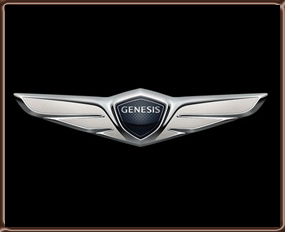 As I write this we have had the Genesis G80 for about a month now and our first G90 is on its way. But before we get to that, let’s review how we got here.
As I write this we have had the Genesis G80 for about a month now and our first G90 is on its way. But before we get to that, let’s review how we got here.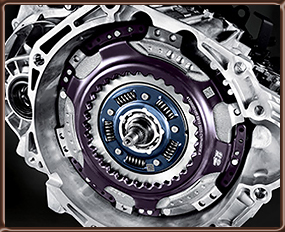
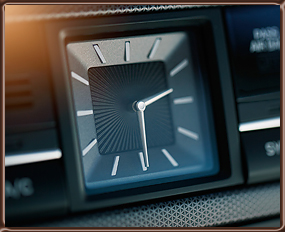 There are two main consistent pain points when buying a car: the amount of time it takes and trade value. I wrote a previous blog to address the trade value, and what can be done to keep it as high as possible. This blog entry addresses steps you can take to save time when buying a car.
There are two main consistent pain points when buying a car: the amount of time it takes and trade value. I wrote a previous blog to address the trade value, and what can be done to keep it as high as possible. This blog entry addresses steps you can take to save time when buying a car.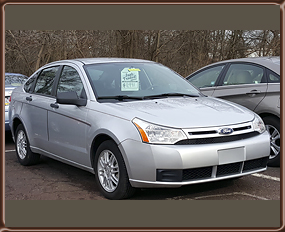 We’ve just gotten back from the test drive and you LOVE that new car! But now, too, the worry starts to settle in. How long is this going to take? Will they offer me a value I will be happy with for my trade-in? Can I afford it?
We’ve just gotten back from the test drive and you LOVE that new car! But now, too, the worry starts to settle in. How long is this going to take? Will they offer me a value I will be happy with for my trade-in? Can I afford it?